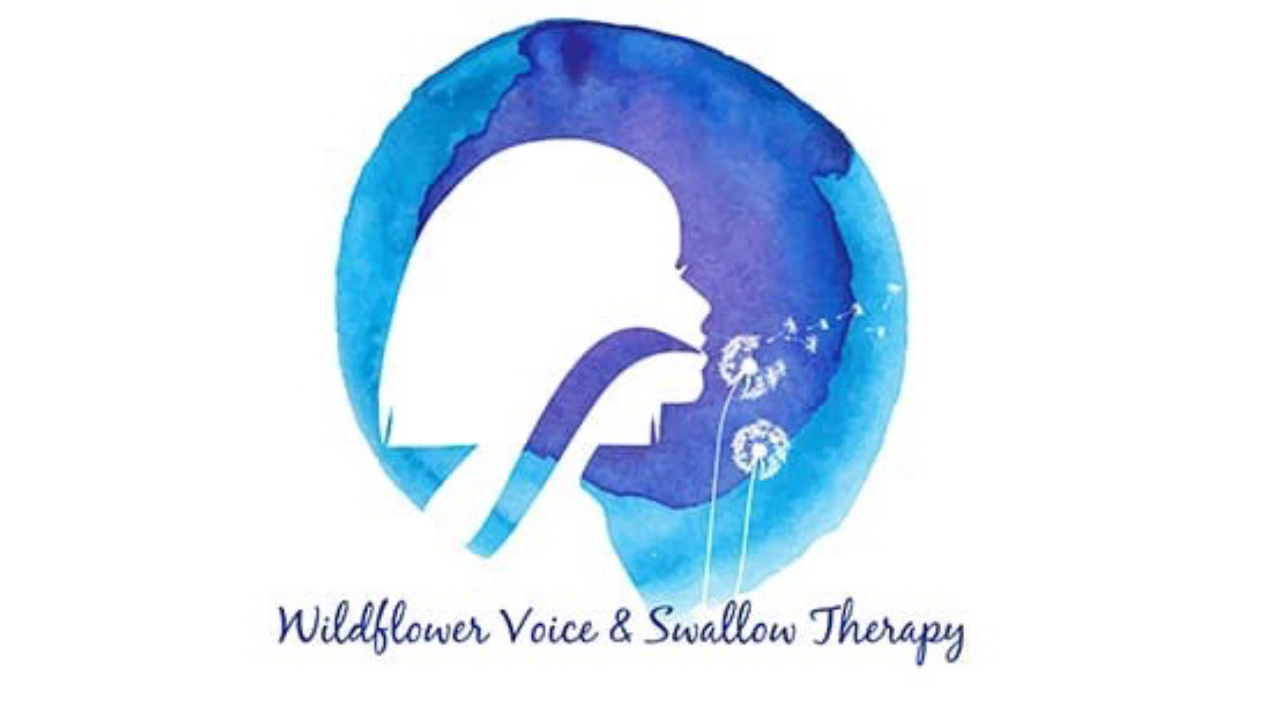4 Tips to Support Your Child with Daily Transitions
Aug 01, 2023
“My child has difficulty with transitioning between activities, what can I do to help?”
If your child has difficulty with moving from activity to activity, or from place to place, it can be a difficult time for both you and your little one. One of the biggest reasons that our children might have a hard time with transitions, is that they may not know what to expect, feeling as if they cannot control what’s coming next. Their brains are often initiating their “fight/flight/freeze” response because change doesn’t feel safe.
As parents and therapists, our jobs are to provide structure and clear expectations, in order to provide felt safety.
You’ll notice that most of the following suggestions have a visual component. This is because our neurodiverse children benefit from tangible components to support spoken language, in order to process it correctly.
1. Use first/then statements
First/then statements allow your child to understand the progression of events. It reduces the transition from unknown events to just two things with limited verbiage. For example, “first shoes, then car” simplifies the concept of getting ready to go to school. You may have to use several repetitions throughout the routine, but it allows the process to be less overwhelming. Visuals for first/then can also be super helpful, even if it is just a simple drawing on a whiteboard.
2. Visual Schedules
Visual schedules are most helpful for consistent routines, such as getting ready for school or bedtime. You can create, purchase, or work together with your child’s therapist to create a visual schedule to post in your home. A visual schedule will have pictures (or words if your child has strong reading skills) of each step of a routine, allowing your child to know exactly what is expected when you say “time to go to bed”.
3. Visual Timers
If your child is not nervous about alarms or sudden sounds, visual timers can be a great way to transition from a preferred activity to another activity (preferred or not). Although verbal prompts can be beneficial, combining the “two minutes, then clean up” with a visual representation of what “two minutes” looks like can support our children in understanding the concept of time.
4. Provide a transition “helper”
Transition helpers are fun and preferred items presented during transition times. The “helper” can be as simple as a favorite water bottle/drink, a piece of gum, or a small snack (like a pack of gummies, goldfish, applesauce)*. It can also be a loved stuffed animal, toy, or sticker. The goal of providing an object or a food/drink item is to deactivate your child’s fight/flight/freeze response. Specifically, chewing, swallowing, and drinking something signal to your child’s brain that they are safe by engaging the parasympathetic system (rest and digest). Please be sure to adhere to your child’s swallow/feeding plan if applicable.
Additionally, these tips are most effective when used consistently and repetitively. You may not see the benefits on your first trial, but consistency is KEY to successful transitions!If your child has difficulty with transitioning, be sure to bring it up with your child’s therapist in order to create strategies specific to your child’s skills and learning styles!
Written by Abigail Pichardo, MOT License #21520
Stay connected with news and updates!
Join our mailing list to receive the latest news and updates from our team.
We hate SPAM. We will never sell your information, for any reason.

